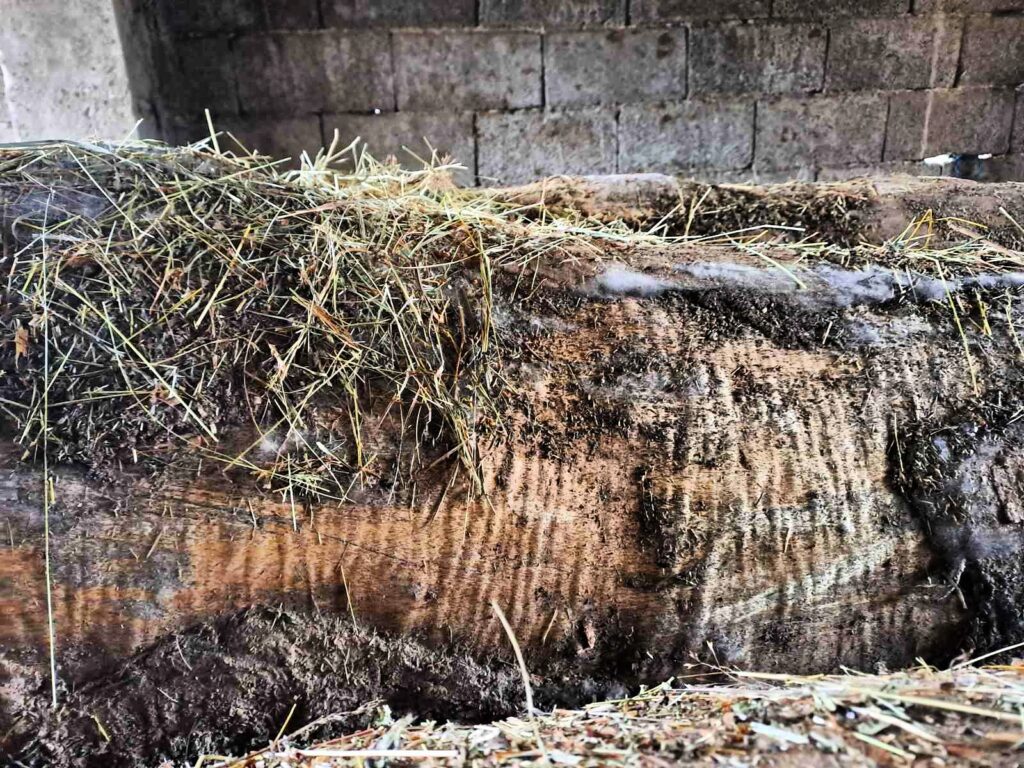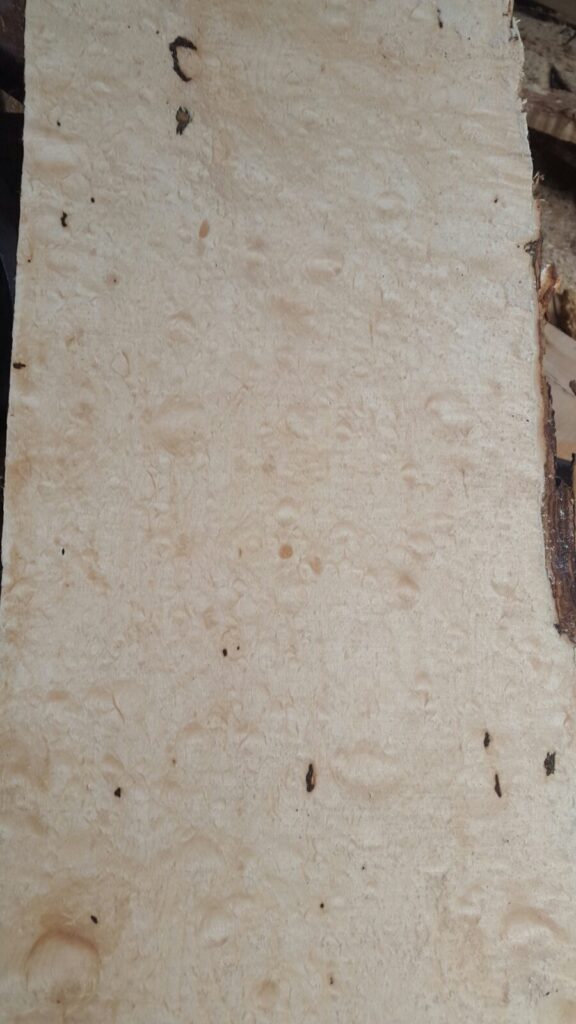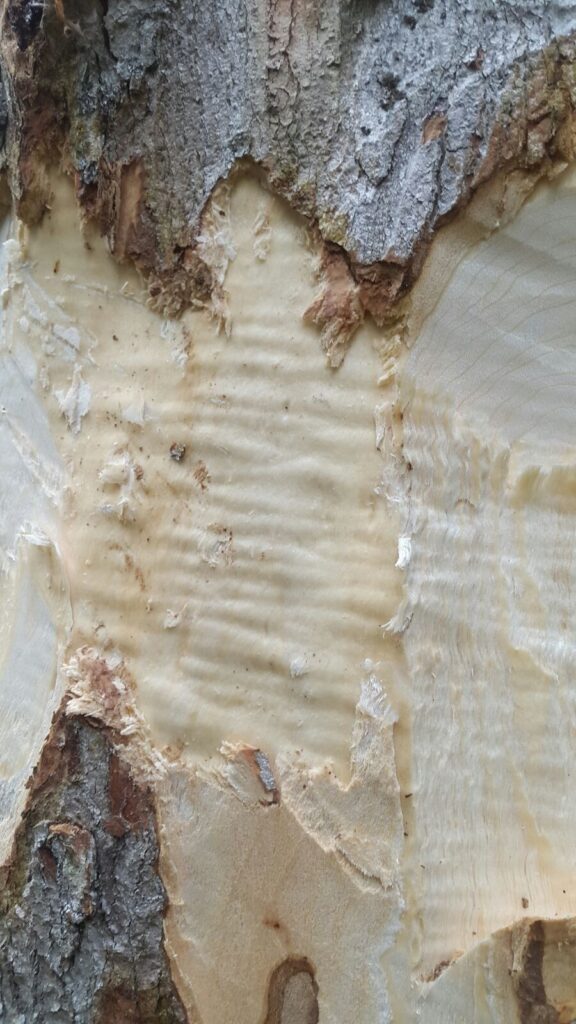
BOSANIAN MAPLE
The extraordinary sound of the fine violins, violas and cellos of the legendary luthiers Antonio Stradivari (1644-1737) and Guiseppe Guarneri (1698-1744) is attributed to many factors. Crafting is of course at the top of the list. So are shape geometry, solid joints, scroll detail, symmetry and built-in bridge – to name a few critical details.
But the most obvious characteristic that Stradivari had was that he used wood – Bosnian maple, which is still today the most preferred material for making fine instruments. The characteristics of Bosnian maple – called tonewoods, as well as the northern Italian spruce often used together with Bosnian maple – have been the subject of centuries of speculation between violinists and their many devotees.
The Bosnian maple itself originates from mountainous southern Europe. A violin builder in the 17th century may have had an added advantage in making a fine stringed instrument due to the climate at the time – and perhaps the unwitting help of the foresters who felled the wood.
The period of time roughly falling from the 16th to the 19th century is called the “Little Ice Age”. This colder period, marked by larger glaciers and poor yields, brought one possible benefit: Bosnian maples, as well as other trees, were denser, measured in tree years. In theory, this contributed to the lasting superlative sound of the Stradivarius instrument.
The role of the forester might sound apocryphal (if not a bit romantic, where rough lumberjacks are sort of collaborators with Chakovsky), but a 2015 study seems to indicate that chemical treatment of the wood contributed to its excellence. The study used five different analytical techniques to evaluate fine chips from two Stradivarius cellos, two violins, as well as from a master luthier, and a violin made by Guarneri.
The discovery is that both masters, who worked around the same time, used wood that had been treated with something containing aluminum, calcium, copper and other elements. Why? Other wood used to make furniture at the time contains these same minerals. Worms and possibly fungal infestations seem to have affected much of Europe at that time, and this treatment was used on Bosnian maple to prevent these pests.
There is no evidence that Stradivarius and Guarneri were aware of this. The study was published in 2016 in the Proceedings of the National Academy of Sciences.
With or without earthworms, fungi and chemical treatment, Bosnian wood remains a valued component of modern violin making.
Professionals involved in silviculture (tree farming) today may not be aware of this use. But as the horticultural industry's guide to tree varieties says of Bosnian maples, “Perhaps the greatest asset of the Bosnian maple is its composure… cool green, vase-shaped spring foliage that would make it one of the finest specimens in any garden.”
It is not at all difficult to imagine a string quartet playing Vivaldi's “Four Seasons” in such a garden. Bosnian wood has beauty in all stages of its life cycle












All of those pictures are real and captured at Bosnian mountains





Najbolje su violine od Bosanskog javora!
yes they are , Bosnian maple are the best